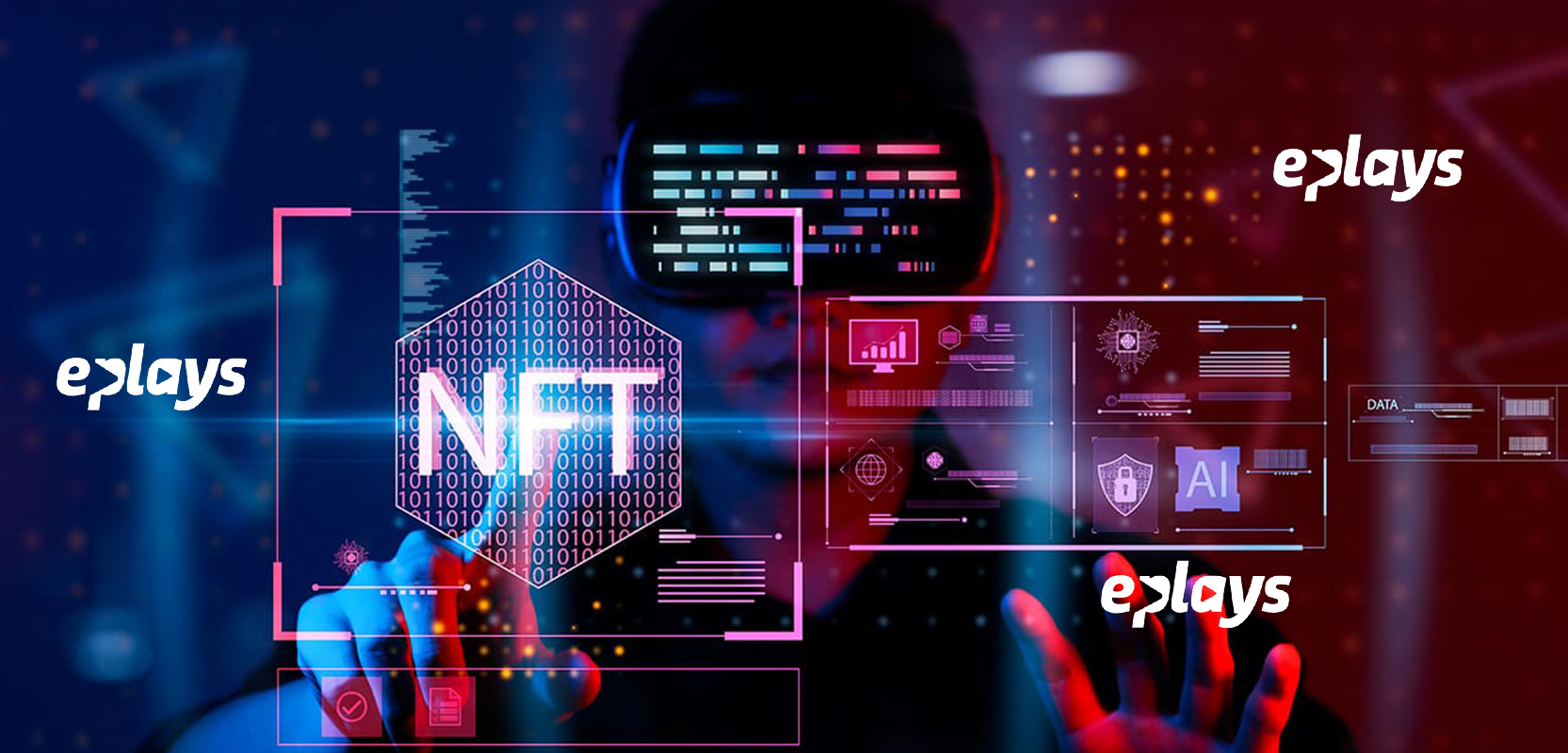
All You Need To Know About NFT Basics
Let’s start by getting our bearings.
What Does NFT Stand For?
NFT stands for “non-fungible token.”
What Is an NFT?
NFT stands for non-fungible token. It’s generally built using the same kind of programming as cryptocurrency, like Bitcoin or Ethereum, but that’s where the similarity ends.
Physical money and cryptocurrencies are “fungible,” meaning they can be traded or exchanged for one another. They’re also equal in value—one dollar is always worth another dollar; one Bitcoin is always equal to another Bitcoin. Crypto’s fungibility makes it a trusted means of conducting transactions on the blockchain.
NFTs are different. Each has a digital signature that makes it impossible for NFTs to be exchanged for or equal to one another (hence, non-fungible). One Bored Ape (BAYC), for example, is not equal to one NBA Top Shot moment simply because they’re both NFTs.
What are the most common NFTs?
The most common NFTs confer (grant) ownership of digital artwork, like graphics, drawings, or videos. NFTs can also be used to create a decentralized ownership contract for physical assets, like a painting.
What Gives an NFT Its Value?
NFTs are collectibles, so their value is based on demand and speculation. An NFT might come with a high price tag if there’s widespread demand for it, or collectors might be willing to pay a lot if the market speculates it’ll be worth a lot more in the future.
Essentially, we bestow value on NFTs by considering them valuable. Like any collectibles, they’re unique and tend to be available in limited quantities, and collectors are often willing to pay high prices for the exclusivity of ownership.
How Many Types of NFTs Are There?
Anyone can create an NFT to indicate ownership or access to just about anything; we may have only scratched the surface so far. The most popular current types of NFTs are usually:
- Art and Collectibles: NFTs can be connected to a unique, collectible piece of digital artwork, music, memes, moments, and other types of online items.
- Utility: NFTs can be created for access to events and spaces, to verify domain ownership and identity, and to develop interoperable data that improves upon current internet capabilities.
- Metaverse and Gaming: NFTs are changing ideas around ownership in online games and worlds. Within NFT games, you can purchase items for real ownership that you can sell for a real-world profit outside of the game.
How Do I Get Started With NFTs?
NFTs live on the blockchain and are traded in cryptocurrency, so your first step to getting started with NFTs is to set up a crypto wallet and purchase some cryptocurrency.
The most common blockchain for NFTs is Ethereum, so you most likely need an Ethereum wallet, like Metamask, and some Ether or other Ethereum-based coin. Then you can choose an NFT marketplace, like Opensea, and start creating, selling, and buying NFTs through the platform.
What Is the Metaverse and How Does It Relate to NFTs?
“Metaverse” is a general term for a digital place parallel to the physical world, where people connect in a model that’s similar to the internet but in 3D—instead of text and images to communicate and consume ideas, 3D avatars exist in 3D models of physical spaces.
One metaverse doesn’t exist, at least not as many experts imagine it will eventually. Instead, we have separate virtual worlds that operate akin to video games. Some of these platforms use NFTs and cryptocurrency as a way to buy and sell virtual items.
These blockchain applications decentralize ownership in those worlds and move users closer to an integrated metaverse, because in-game crypto holdings can translate to value in the physical world, as well as transfer to other virtual worlds.
What Does “Minting an NFT” Mean?
“Minting” is the term used for creating an NFT—you “mint” the unique token. The technical process of minting an NFT happens on the blockchain, but you can do it easily through a Web2 platform. The process on your end looks kind of like the process of creating a listing on an online marketplace like Ebay: You upload an image or other media file, add a title and description, and click to list.
On the backend, minting an NFT creates a record on the ledger that is the blockchain. There’s a record of its creation and your (anonymized) ownership, and the record will continue to grow as the NFT is bought, sold, and traded. The record also includes a link to the related file, which remains on the internet, not the blockchain.
Can Anyone Buy an NFT?
Yes, anyone can buy an NFT! You don’t have to have access to a complicated machine or technology, just an internet connection.
You can buy an NFT directly from the original creator—called the “primary market”—or from a collector who purchased the token elsewhere—called the “secondary market.” In either case, the whole transaction can take place through an NFT marketplace, which is a website with NFT listings that’s connected to the blockchain to complete transactions.
The only special things you need to have to buy an NFT are a crypto wallet, like Metamask, and some cryptocurrency, usually Ether or other Ethereum-based coin. A wallet holds your crypto assets, including coins and NFTs. You’ll use cryptocurrency to make the purchase this way. Some marketplaces now allow you to purchase NFTs with your credit card. These marketplaces use payment on-ramps or gateways like Moonpay, Circle and Stripe to facilitate buying NFTs with Fiat.
How Much Do NFTs Cost?
NFTs range in price as much as any other collectible: You can find an NFT that costs less than $5 and one that sells for millions.
Creators and sellers price NFTs however they want, and buyers drive costs based on demand.
Some buyers collect NFTs as an investment and are willing to pay high prices because of speculation that an asset will go up in value over time. Others will pay a lot for the exclusivity of owning an NFT created by a celebrity. Still others might just dabble in the market and buy low-priced NFTs to support budding artists.
All NFT purchases you make will be in cryptocurrencies, but prices are typically listed in your local currency.
How Much Can NFTs Sell For?
NFTs prices run the gamut. They can sell for a few dollars, a few hundred thousand, or even a few million. The majority of sellers won’t hit six or seven figures, but those big sales pull the average up: as of April 2022, the average NFT sale price was $2,000.
Get Started With NFTs
We hope this guide helps you make your next move with NFTs. There will always be more to learn in this new and evolving space, but getting the basics down can give you the confidence to get started.

